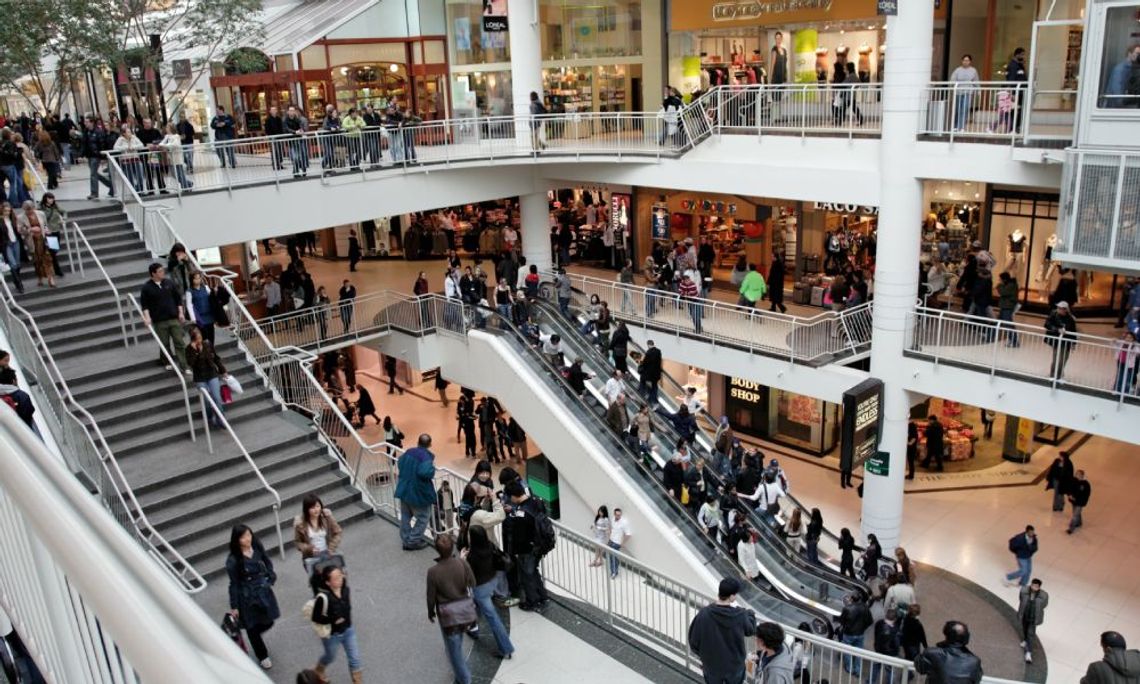Shopping centers are popular destinations for people of all ages. However, shopping centers can pose potential hazards to both shoppers and mall employees with all the activity. Mall owners have the responsibility of ensuring the safety of everyone in their establishment. Knowing how to address common hazards in shopping centers will help you keep yours safe for everyone.
Slip and Fall Accidents
Slip and fall accidents are common in shopping centers. Spills, wet floors, or debris can cause shoppers to lose their footing and potentially injure themselves. To prevent these types of accidents, mall owners and managers should establish a regular cleaning schedule. This includes mopping up spills immediately, regularly inspecting floors for potential hazards, and placing caution signs around wet areas. Also, provide mats at entrances during rainy or snowy weather to prevent water from pooling around entrances.
Fire Hazards
Shopping centers are full of electrical appliances, light fixtures, and crowds. This combination can pose a fire hazard if not managed. Mall owners should conduct regular maintenance checks on all electrical systems to ensure they are functional and up to code. It’s also important to provide clear exit routes in case of an emergency and conduct regular fire drills with employees.
Security Concerns
Shopping centers can be targets for theft and other security concerns. Mall owners should have a comprehensive security plan in place to prevent these types of incidents. This may include staffing on-site security, installing surveillance cameras in high-risk areas, and implementing policies that require employees to report suspicious activity.
Traffic Congestion
Crowded parking lots can lead to accidents and frustration among shoppers. Implementing automated parking systems at malls is one way to reduce traffic congestion and improve the shopping experience. These systems can guide drivers to available spots, reducing time spent searching for parking. Clear signage and designated pedestrian pathways further ensure a smooth flow of traffic.
Electrical and Structural Safety
Ensuring the safety of a shopping center involves regularly checking for potential electrical or structural hazards. This may include conducting routine inspections on elevators, escalators, and other machinery to ensure they are functional. Address signs of wear and tear immediately to prevent accidents or injuries.
Don’t neglect these common shopping center hazards, as they can pose serious risks to shoppers and mall employees. By being proactive and implementing safety measures, you can make sure your shopping center remains a safe and enjoyable destination for employees to work and customers to shop.


Comment
Comments